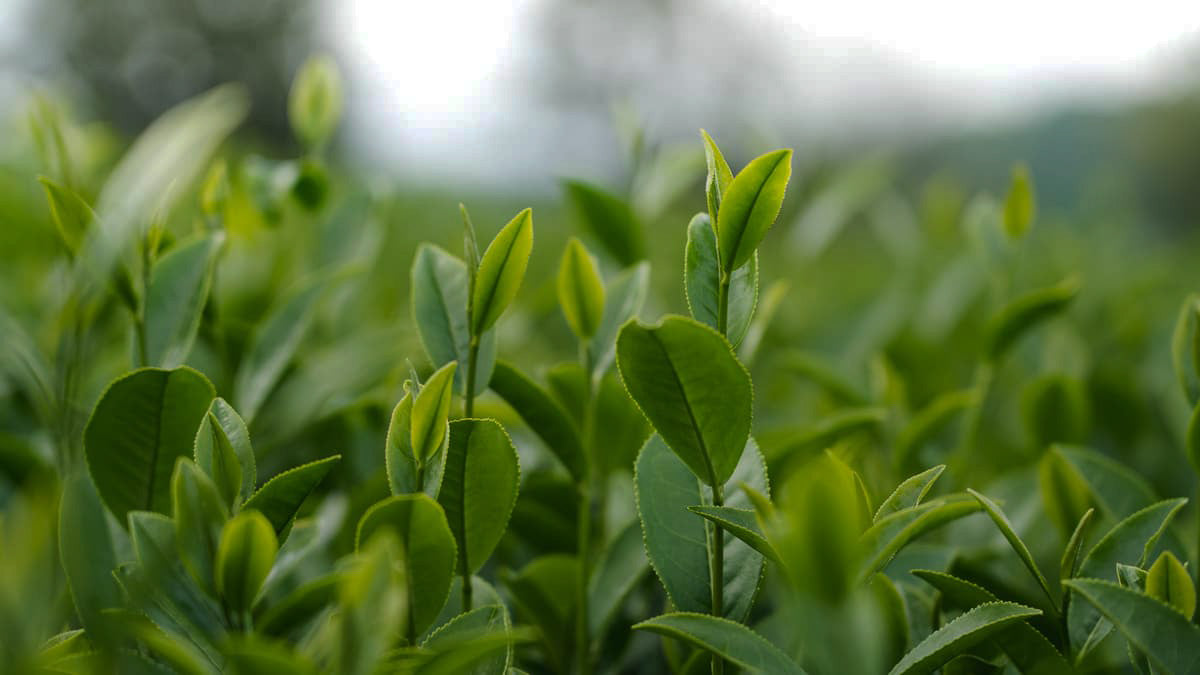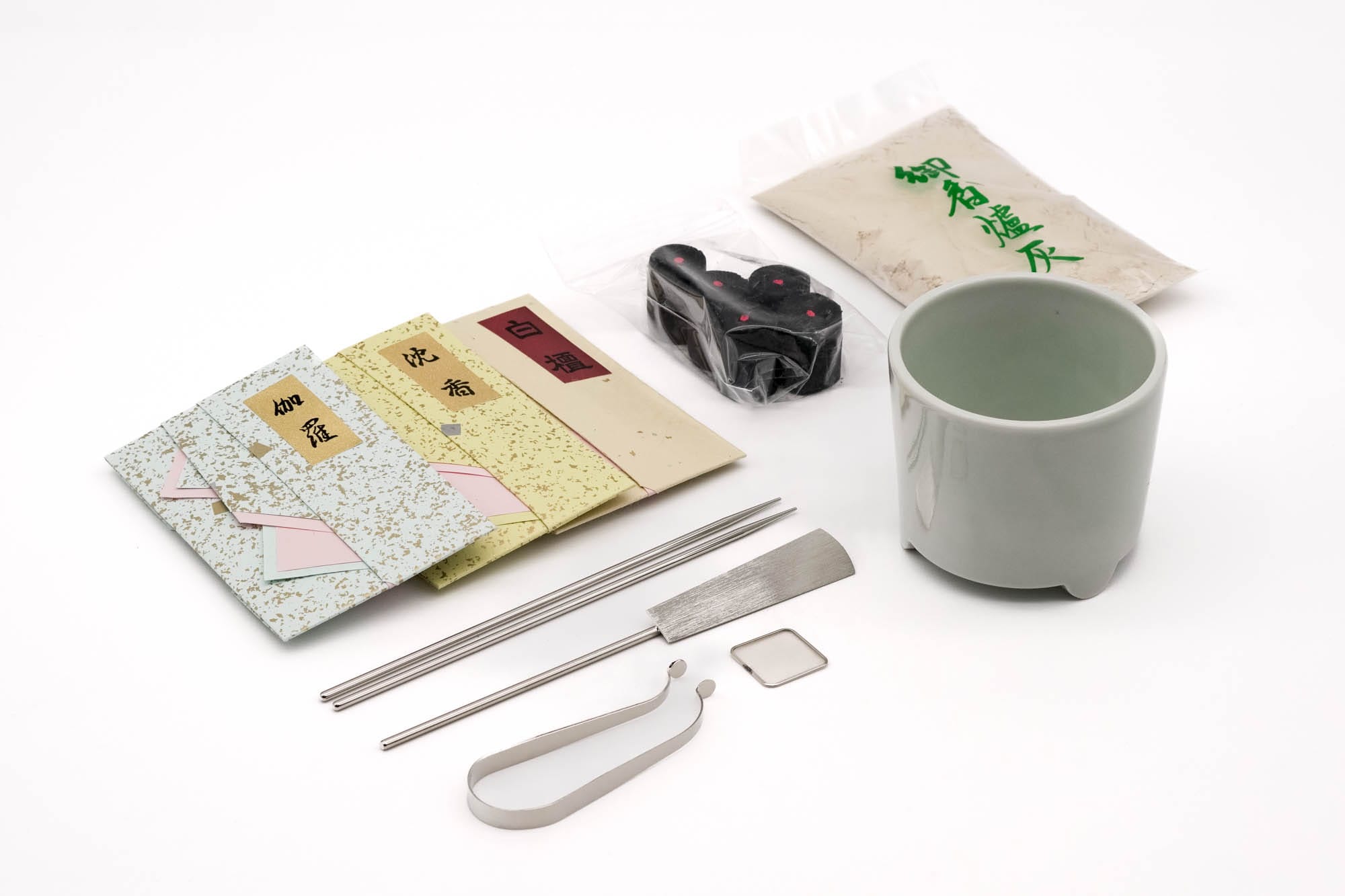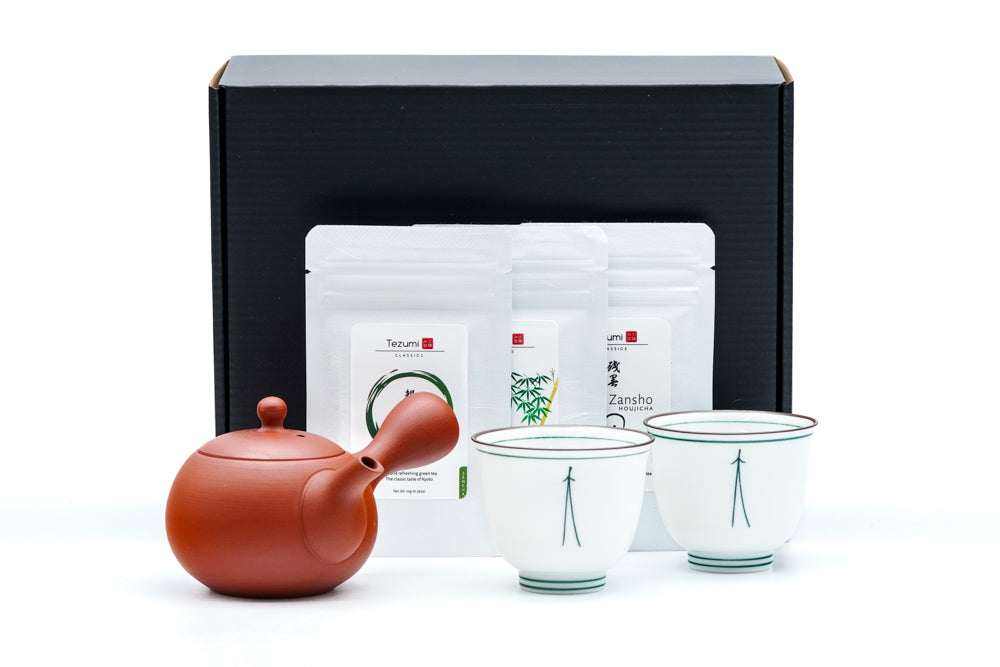Single Origin vs Blends: Comparing Two Different Styles of Tea Production
A term that has recently gained a lot of traction in the worlds of tea, coffee, wine, and even chocolate is the phrase ‘single origin’. Here, we’ll take a look at what that phrase means for tea, in particular Japanese tea, and explore how single origin teas differ from blended teas with the hope of setting the record straight and dispelling any misconceptions.

What Does Single Origin Mean?
Quite simply, single origin means that a tea comes from one location. At minimum, this is a geographic location, say Uji or Yame, but in common usage it also implies that the tea comes from a single farmer/producer which is how we use the term here at Tezumi.
How is that different from Single Cultivar?
Single cultivar means that the tea is only made from one cultivar of the tea plant. To break this down further, we first need to define what a cultivar is.
What is a Cultivar?
Cultivars are varietals of the tea plant that have been bred or otherwise cultivated for a particular flavour or characteristic (cultivated+varietal=cultivar), as opposed to wild or seed-grown plants. This is not to be confused with the two major subspecies of tea: Camellia sinensis var. assamica and Camellia sinensis var. sinenis (or simply Assamica and Sinensis for short), which are a level of classification above cultivars. That is to say that there are hundreds of cultivars within both the Assamica and Sinensis subspecies (and some hybridised in between).
Most major agricultural products are grown as cultivars, but in many cases, us consumers don’t think of them or buy them in that way. For example, when was the last time you knew which cultivar of strawberries you bought? Some notable exceptions include apples (e.g. Red Delicious, Fuji, Gala, etc.) and most famously wine (e.g. Chardonnay, Merlot, Pinot Noir, etc.)
For tea, cultivars are propagated by cutting rather than by seed, so each plant of a certain cultivar is genetically identical to every other plant of that cultivar. By virtue of being genetically identical, tea plants of the same cultivar have the same taste and growing characteristics.
When choosing which cultivar to grow in a particular tea field, producers take into account aspects such as taste, budding time, yield, and resistance to cold, pests, and disease. For example, Saemidori buds up to a week earlier than Yabukita, meaning it can be put on the market earlier. However, it is less resistant to frost damage meaning it requires a warmer climate or adequate frost prevention measures.
Most of the time, ‘single cultivar’ goes hand-in-hand with ‘single origin’. For example, our Uji Okumidori Sencha is made entirely from the Okumidori cultivar of one farm, Yoshida Meichaen. There can be exceptions, however, such as with our Organic Okumidori Kabusecha, which is also made entirely from the Okumidori cultivar, but from multiple farms across Japan.
To avoid confusion, we use these labels separately to accurately describe each tea, for example
Single Origin | Single Cultivar or Multi-origin | Single Cultivar
How do blended teas work?
Blended teas are made by mixing teas from various cultivars and/or various farms. There are many reasons a producer might choose to produce a blend over a single cultivar tea:
- Blended teas are the industry standard and are what customers, especially in Japan, are used to
- As the flavour and quality of any particular single origin tea will vary each year, blending allows producers to maintain a more consistent product by adjusting the recipe to account for annual tea flavour variation
- Similarly producers can more finely tune a blend’s colour, taste, and aroma by carefully adjusting the ingredients and ratios of the blend, creating a more intentional and crafted flavour profile
- By mixing multiple teas, blends have the potential to be more interesting and complex
- To produce more affordable products, blends can use a base of a cheaper tea with smaller amounts of higher-quality material to strike a balance of cost and quality
Typically, the teas are in their aracha (荒茶) or unrefined state when they are blended, and the sorting, refining, and finishing takes place after the final blend, though this varies from facility to facility.
Like any step in the tea producing process, the final quality depends on both the quality of the raw material and skill of the producer. The majority of tea sold in Japan is blended, however, it is incredibly rare for the ingredients of the blend to be disclosed. Instead, consumers must trust the skill and pedigree of a producer. For example, the old and famous matcha producers in Japan, such as Marukyu Koyamaen and Ippodo, have been producing their blends for centuries, so while they don’t disclose what farms or cultivars the tencha they use comes from, their quality and reputation mean that most people trust their sourcing and blending.
Matcha Blends
Blending matcha well requires immense skill and experience. Firstly, the blending happens when the match is still in its unground state, known as tencha (碾茶). Being able to predict how a tencha blend will taste after it has been ground into matcha takes years of experience. Additionally, being able to keep a blend’s flavour consistent over many years means that the blenders must have a clear mental grasp on the original target flavour profile and know how much of which tencha to use in order to reach it. Some matcha blends can have upwards of fifteen different tencha as ingredients.

As one of the oldest and most culturally central types of tea in Japan, matcha has a very strong culture and tradition around its production which developed alongside the tea ceremony — the two were practically inseparable. To add an additional layer of artistry to this rich art tradition, each carefully crafted matcha blend is given a poetic name by the tea producer. Even as single origin and single cultivar matcha have become increasingly popular, especially overseas, this named and blended style is the standard for matcha, both in and out of the tearoom. This is another reason why the term ‘ceremonial grade’ can be problematic, as it is often applied to single origin teas without a poetic name, which would not traditionally be served in a ceremonial setting. While these teas may be incredibly high-quality, they are simply not of the style preferred by most tea ceremony practitioners.
Which is Better: Single Origin or Blended?
Neither is necessarily better than the other; they are simply two different styles of tea production, each with their pros and cons:
| Blend | Single Origin/Cultivar |
|
Pros: More consistent and dependable quality Crafted flavours can be more complex |
Pros: You know exactly where your tea comes from A truer expression of the tea’s cultivar and terroir |
|
Cons: Some blends don’t tell you what tea is in it or where it’s from |
Cons: Quality and flavour can be inconsistent between years |




















